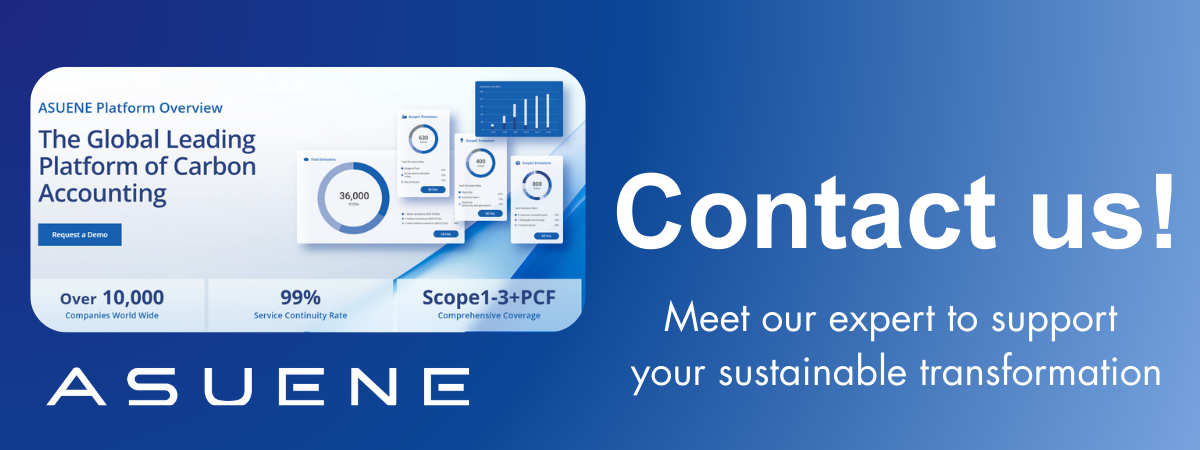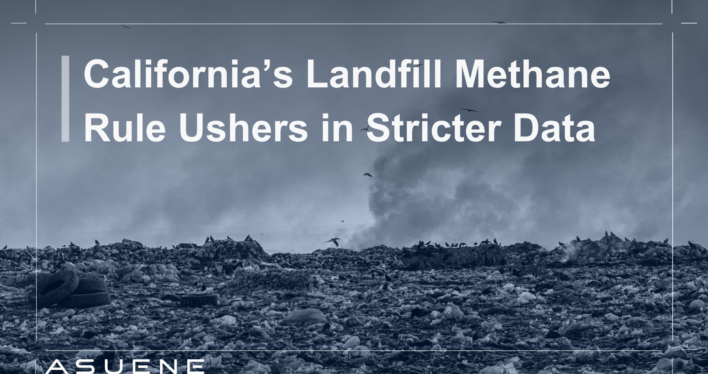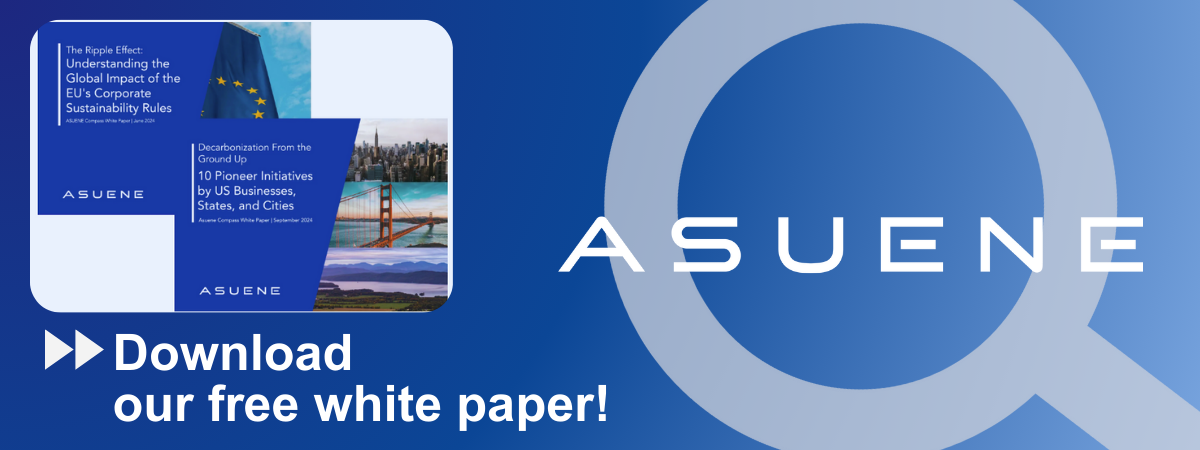- Article Summary
-
Introduction: California’s New Methane Reality
California has proposed its first major update to the Landfill Methane Rule in 15 years, aiming to reduce methane emissions 40% below 2013 levels by 2030. Methane is over 80 times more potent than carbon dioxide over a 20-year period, making it a central focus of California’s climate policy. The California Air Resources Board (CARB) seeks to tighten leak detection and response timelines, expand remote monitoring programs, and require new technologies such as drone-mounted laser scanners. This development highlights a broader shift toward environmental performance grounded in data accountability, emphasizing the importance of measuring, verifying, and reporting emissions with precision.
Tightened Regulations and Shorter Response Times
The CARB notice estimates that the proposed amendments could cut about 0.45 million metric tons of CO₂e annually by 2030, illustrating the scale of California’s ambition to improve methane control across the state. To achieve this reduction, the draft proposal requires landfill operators to act more quickly when leaks are detected and to implement technologies that continuously track wellhead performance. The rule also clarifies monitoring requirements for both landfills with and without gas collection systems and encourages the use of continuous wellhead monitoring technologies.
CARB projects that compliance will cost roughly $6.2 million in the first year and $6.1 million annually thereafter. Although these costs may seem high, they highlight the state’s commitment to verifiable methane data and the growing expectation that waste management operators will demonstrate measurable accountability through technology and transparent reporting.

The Cost of Inaction: Leaks, Liabilities, and Trust
Failing to meet methane control standards carries serious consequences. Beyond the financial penalties, unaddressed leaks can waste valuable captured gas, reduce energy recovery potential, and lead to additional operational costs. They can also damage reputations, reduce investor confidence, and create tensions with local communities. As investors increasingly evaluate methane performance through ESG ratings, companies that delay compliance risk losing both financial stability and stakeholder trust. Many facilities still rely on older inspection methods that are less reliable and more labor-intensive. In contrast, remote sensing and continuous monitoring help prevent costly leaks and reduce long-term operational risks.
From Data Collection to ESG Integration
The updated Landfill Methane Rule recognizes third-party and remote detection systems as legitimate sources of emissions data, aligning with global ESG frameworks such as ISSB and CSRD. This recognition strengthens the expectation that companies will use quantifiable, auditable data in their disclosures. For organizations managing waste or Scope 3 emissions, methane tracking is now an essential element of credible climate reporting. Platforms like ASUENE make this easier by integrating sensor and monitoring data into ESG dashboards, converting methane measurements into CO₂-equivalent metrics, and providing clear reporting tools for regulators and investors.
Table Idea:
| Aspect | Traditional Compliance | ESG-Integrated Approach (with ASUENE) |
|---|---|---|
| Monitoring | Manual inspections | Drones and continuous sensors |
| Data Storage | Local spreadsheets | Centralized ESG platform |
| Reporting | Annual compliance forms | Real-time dashboards |
| Stakeholder Value | Regulatory focus | Investor and climate transparency |
Conclusion: Regulation as a Path to Innovation
CARB states that the purpose of the rule is “to improve methane control efficiency and consistency statewide,” a goal that underlines how this policy represents systemic modernization of landfill operations. The Landfill Methane Rule represents more than a compliance update; it signals a shift toward continuous measurement, transparent reporting, and proactive emission control. The rule reflects a new standard for environmental accountability built on technology and data integrity. Businesses that invest early in advanced monitoring and ESG platforms will gain both compliance security and strategic advantage. Acting now helps companies manage risks, reduce costs, and strengthen their leadership in climate responsibility.
Why Work with ASUENE Inc.?
ASUENE is a key player in carbon accounting, offering a comprehensive platform that measures, reduces, and reports emissions. ASUENE serves over 10,000 clients worldwide, providing an all-in-one solution that integrates GHG accounting, ESG supply chain management, a Carbon Credit exchange platform, and third-party verification.
ASUENE supports companies in achieving net-zero goals through advanced technology, consulting services, and an extensive network.


